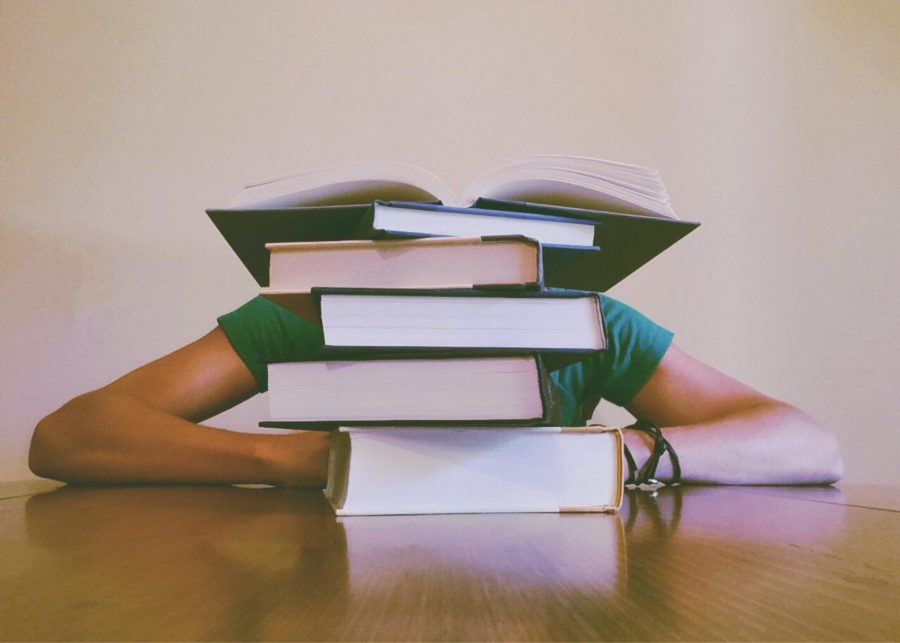Specialized High Schools Are The New Target
Within the New York City public school system, the specialized high schools of New York City are of the few prestigious schools that serve the highly academic, as well as artistic students living throughout the five boroughs of Brooklyn, Queens, Staten Island, the Bronx, and Manhattan. These nine selective public high schools have been around for years, educating those who get in, with the best resources and supplies available to them for the next four years of their high school careers. The nine specialized high schools of New York City include The Bronx High School of Science, Brooklyn Latin High School, Brooklyn Technical High School, LaGuardia High School, The High School for Math, Science & Engineering, High School of American Studies, Queens High School for the Sciences, Staten Island Technical High School, and lastly, Stuyvesant High School. All nine of these specialized high schools are different and unique in their academic programs and extracurricular activities, all crucial to the individuality and hard work of the students who attend them.
In order to attend any of these nine specialized high schools, middle schoolers must audition (in order to attend LaGuardia High School, you must audition or create a portfolio) or take the Specialized High School Entrance Test (or the SHSAT). With the exception of LaGuardia High School, to attend any of the other eight specialized high schools in New York City, middle schoolers must take the SHSAT in order to guarantee themselves a seat, due to the limited seating in many programs within each high school. While many students throughout each borough take this test, only 20% of those who take the test are actually accepted into a specialized high school. While any student is eligible to take the SHSAT regardless of their gender, race, ethnicity, or religion, diversity is an “issue” among these specialized high schools. This lack of diversity is currently being addressed by New York City Mayor, Bill DeBlasio.
Within these specialized high schools such as Brooklyn Technical High School and Stuyvesant High School, the student population has become more predominantly Asian and white, than Hispanic or black. Mayor DeBlasio and Chancellor Carrzana, however, are looking to change those statistics entirely, by getting rid of the SHSAT completely, so that they can focus on the “99 percent,” helping Hispanics and blacks to succeed academically. The “1 percent” that is not a part of DeBlasio and Carrazana’s plan are the large numbers Asian of students, all hailing from several parts of Asia, and are either immigrants or first-generation Americans at schools like Brooklyn Technical High School and Stuyvesant High School. Some of these Asian immigrants face the same issues that Hispanics and blacks go through. By getting rid of the SHSAT to only accommodate and help two groups of students succeed, it sends the message that the city doesn’t care about the success of other students from different backgrounds.
By getting rid of the SHSAT completely, DeBlasio and Carrazana fails to see the downside of it all. While diversity is definitely an issue among these specialized high schools, getting rid of the SHSAT will not exactly fix the whole diversity issue. Instead it will cause an array of problems to these specialized high schools. First, specialized high schools will no longer be specialized if students are getting in to them can’t handle the rigger of the work. By allowing students to attend these specialized high schools without the academic ability and merit, it defeats the purpose of these schools being specialized. Not to say that many students from all different backgrounds do not work hard to get into these schools, but by getting rid of the SHSAT their hard work will go unnoticed. Secondly, many of the students who choose to go to these schools spend thousands of dollars on SHSAT prep, their money and time spent focusing on these tests would then be useless once the test is cancelled. It is a fair argument that lower income families struggle to pay for such classes. However, the city should be creating a city-wide prep class which properly services Title 1 students. Lastly, by removing the exam students would then feel that they don’t need to work as hard, because it would be easier to get accepted into any of these specialized high schools. The idea of admitting the top 10% from each school is flawed, because the DOE has failed to provide an equal education at every school.
Instead of getting rid of the SHSAT, DeBlasio and Carrazana should focus on helping that “99 percent,” by providing programs that are affordable and accessible for them. The city should be partaking the role of providing better education throughout the entire New York City public school system, which would then encourage students do even better in school and most likely take the SHSAT exam. While some children and their families can afford the SHSAT prep, the city should provide the same quality of SHSAT prep to students who cannot afford it. Instead of getting rid of the SHSAT, the city should address all the issues concerning it, and look to improve those conditions. DeBlasio and Carrazana should be focusing first on improving the education everywhere throughout the city first, before coming after the SHSAT. New York State has the final say on whether the Mayor’s plan will move forward. It will be interesting to see the final outcome this fall.

